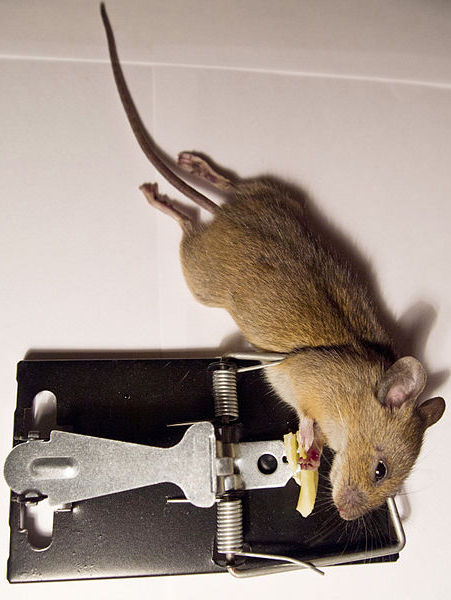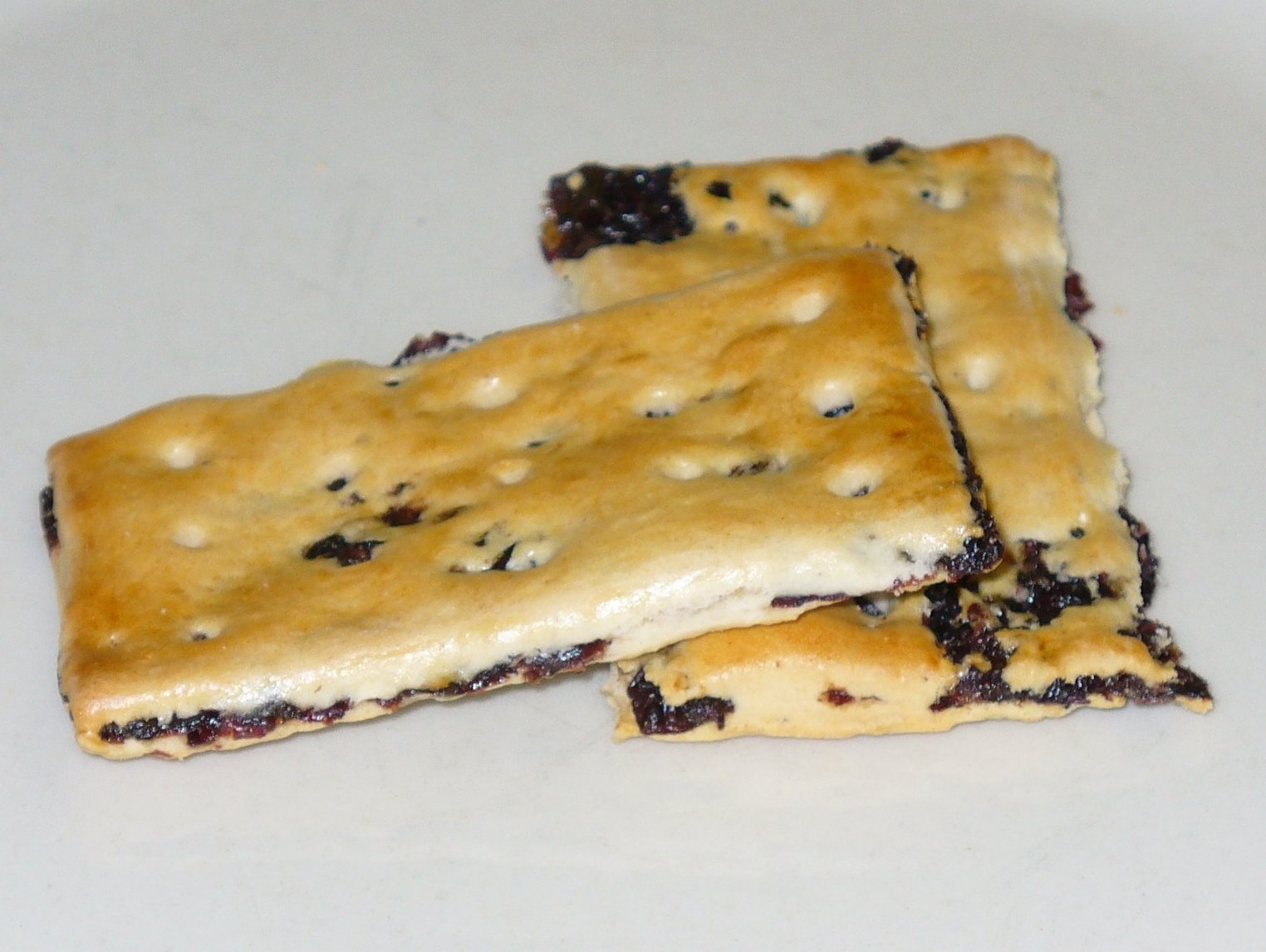What is the Most Effective Bait to Use for Mouse Traps?

Photo credit: Wikimedia
For decades, it’s been said that it’s not the machine but the man behind the machine that counts! And that’s exactly the same truth about cleverly designed mouse traps.
In this case, how the device is engineered, and how it traps (or kills!) mice is inconsequential – unless the mouse is actually lured into the trap.
In other words, it’s not the mouse trap that counts but the bait used to get the mouse into the trap that matters! (don't get me wrong - a great mouse trap is still essential) Without a good bait for the pests, there is almost no chance that your trap will work as efficiently as it was meant to be. We will go in depth and talk about the different kinds of things that you can use for your mouse traps that can lure these bothersome mice and rats into it and make sure that they leave you alone forever. Let's get to it.
Why Using The Right Bait Is So Important
Mice have extraordinary vision, hearing, and senses of touch, feel and smell. They are also extremely agile and nimble, able to squeeze in and out of openings no thicker than the diameter of an average pencil.
All this makes for an extraordinarily intelligent prey, when it comes to luring and trapping them. In many cases, they are known to completely avoid traps, grab bait from loaded traps without tripping them, and even intentionally tripping traps and then grabbing the bait and disappearing.
So what’s the best bait to use when dealing with such intelligence? Well, here are a few suggestions:

Photo credit: Garibaldi biscuit" by James F. Carter - Own work. Licensed under CC BY-SA 2.5 via Commons
- Peanut butter seems to be the most recommended mouse bait of all times
- Pieces of cracker with dollops of jam or peanut butter
- Grain coated in maple syrup
- Bacon pieces coated in strong-smelling bacon grease
- Cheese of various types – the stronger-smelling the better
- Cookies with chocolate in them
- Pieces of chocolate or candy
- Moist or wet pet food
- Dental floss, twine, yarn and other nesting material (during the fall nesting season)
- Chemical-coated poison bait
High-fat protein containing baits and those with strong-smelling properties are most likely to draw mice into the trap. While some of these baits might work all of the time, not all of them may be effective all of the time.
That’s because the mice in and around your home may have specific temperament, or may have acquired a unique preference for some baits over others.
Changing Tactics
Mice learn with experience. As a result, your bait may no longer be effective after the first few successful (and some missed!) catches. Here are a few things to consider if that happens:
- If a particular bait seems ineffective any longer, switch to another
- If you don’t seem to be catching any more mice – yet see evidence they are around – switch traps
- If the trap doesn’t seem to work any longer, switch locations
- If the bait seems to disappear without springing the trap, tweak the snap-springs or triggering mechanism
- Use “lead in” bait (tiny bits of bait left outside the trap) to lure the rodent into the trap to “get more”
- If grainy bait seems to be eaten without trapping the mouse, glue the grain down with peanut butter or maple syrup
The idea is to change your tactics to throw the mice off their guard. Even resorting to simple things like moving the trap a few feet up or downwind from its previous location can often work wonders.
Don’t Give Up After The First Try
Figuring out precisely which type rat extermination methods that works; what bait is best for which types of mice traps is a game of trial and error. Bait that always works on one type of trap might not do so well on another. And once you find that something works repeatedly, don’t be complacent.
Change traps and baits frequently so that mice that escaped from an earlier bait-trap combination have a better chance of being caught if they come across an unfamiliar sight (trap) and smell (bait) - preferably a diy kind of method! And, you can find out more of them here.
Learn how to deal with other pests at home the right way by browsing through our extensive DIY pest removal guide list on The Attic Pest Authority. Learn more at our homepage.
